Международная конференция "Multivariate Approximation and Geometric Modeling"
Workshop on Multivariate Approximation and Geometric Modeling (MAGM-2021) состоится 30 ноября и 1 декабря в онлайн-формате (в Zoom). Приглашаются все желающие.
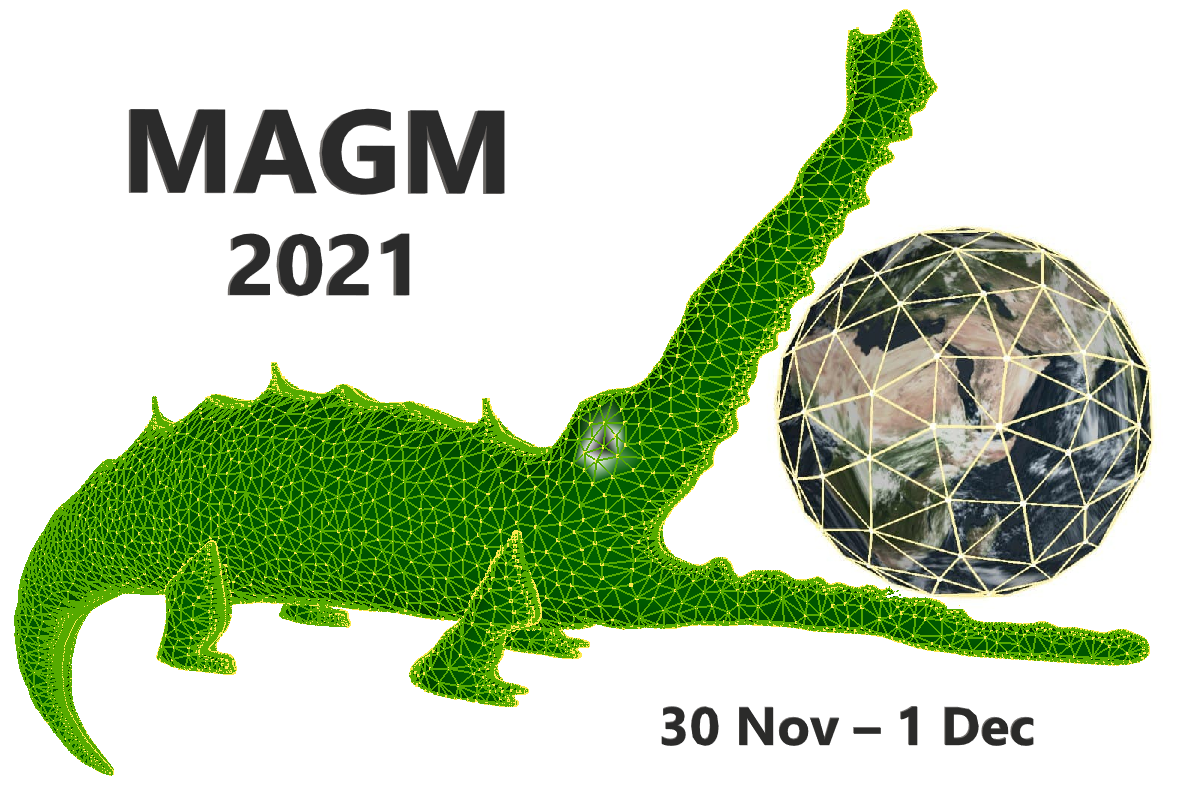
Конференция организована совместно с Московским центром фундаментальной и прикладной математики.
Регистрационная форма для получения ссылки на Zoom
Программа и аннотации файлом PDF
Программа конференции (московское время):
Вторник, 30 ноября
→ 17:00-18:00 Harmut Prautzch, "On cutting convex polyhedra", слайды, видео;
Abstract
In Chaikin's algorithm, we iteratively smooth a polygonal line by
cutting corners such that we arrive at a quadratic \(C^1\) spline in the
limit. For this and other edge preserving corner cutting schemes, we
have de Boor's most general result that the limiting curve is \(C^1\) if and
only if the maximum angle flattens out eventually.
In this talk, I will discuss face preserving cutting for convex
polyhedra, explain why de Boor's result can not easily be generalized,
go through counter examples and present results. Further, I introduce
our 4-8 and 4-6-8 schemes, show outcomes of ongoing experiments, and may
also briefly mention our honeycomb and \(\sqrt{3}\) cutting schemes.
→ 18:00-19:00 Elisabeth Larsson, "Simulating the human respiratory system from an approximation perspective", слайды, видео;
Abstract
When intensive care patients are put in a ventilator, both the lungs and the
diaphragm, which is the main respiratory muscle, are damaged by the mechanical
ventilation. This prolongs the intensive care period and is an undesired side effect. To
understand these effects better, we want to simulate both natural and mechanical
ventilation. This is a hard problem and here we describe the steps that we have made
so far. We have chosen to use radial basis function (RBF) methods to build our model.
The reason is that the methods are flexible with respect to geometry, they can be
computationally efficient due to the potential high-order accuracy, and they are easy to
use also for complex problems. We discuss two aspects, first building a smooth
geometry from medical image data, and then RBF simulation methods that are adapted
to thin geometries. We present theoretical convergence results and numerical
experiments that confirm the theoretical findings.
→ 19:00-20:00 Thomas Mejstrik, "Multiple subdivision schemes and joint spectral radius", слайды, видео.
Abstract
Subdivision schemes are a method to generate smooth curves and surfaces
by iteratively refining a mesh of points which eventually converge to a
continuous limit.
For multiple subdivision schemes, in every refinement step different
rules for data and mesh generation are allowed. New data is produced by
convolution of old data with uniformly bounded sequences, called masks,
the underlying mesh is modelled as a lattice which gets refined by
expanding matrices, called dilation matrices.
We show how the joint spectral radius of a finite set of square
matrices, derived from the refinement masks and dilation matrices,
characterises the convergence properties of the underlying multiple
subdivision scheme.
Last we discuss the invariant polytope algorithm, and modifications
thereof, which can be used to compute the joint spectral radius in
reasonable time.
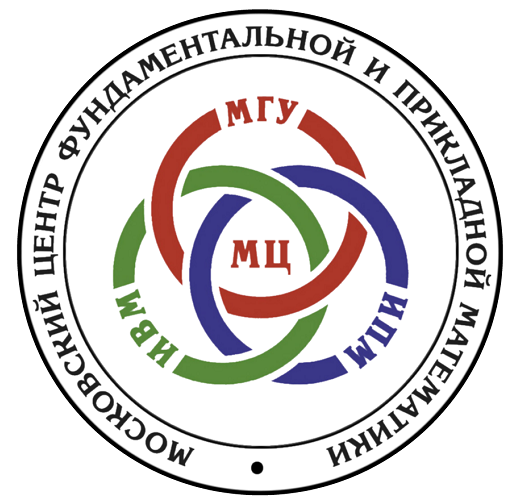
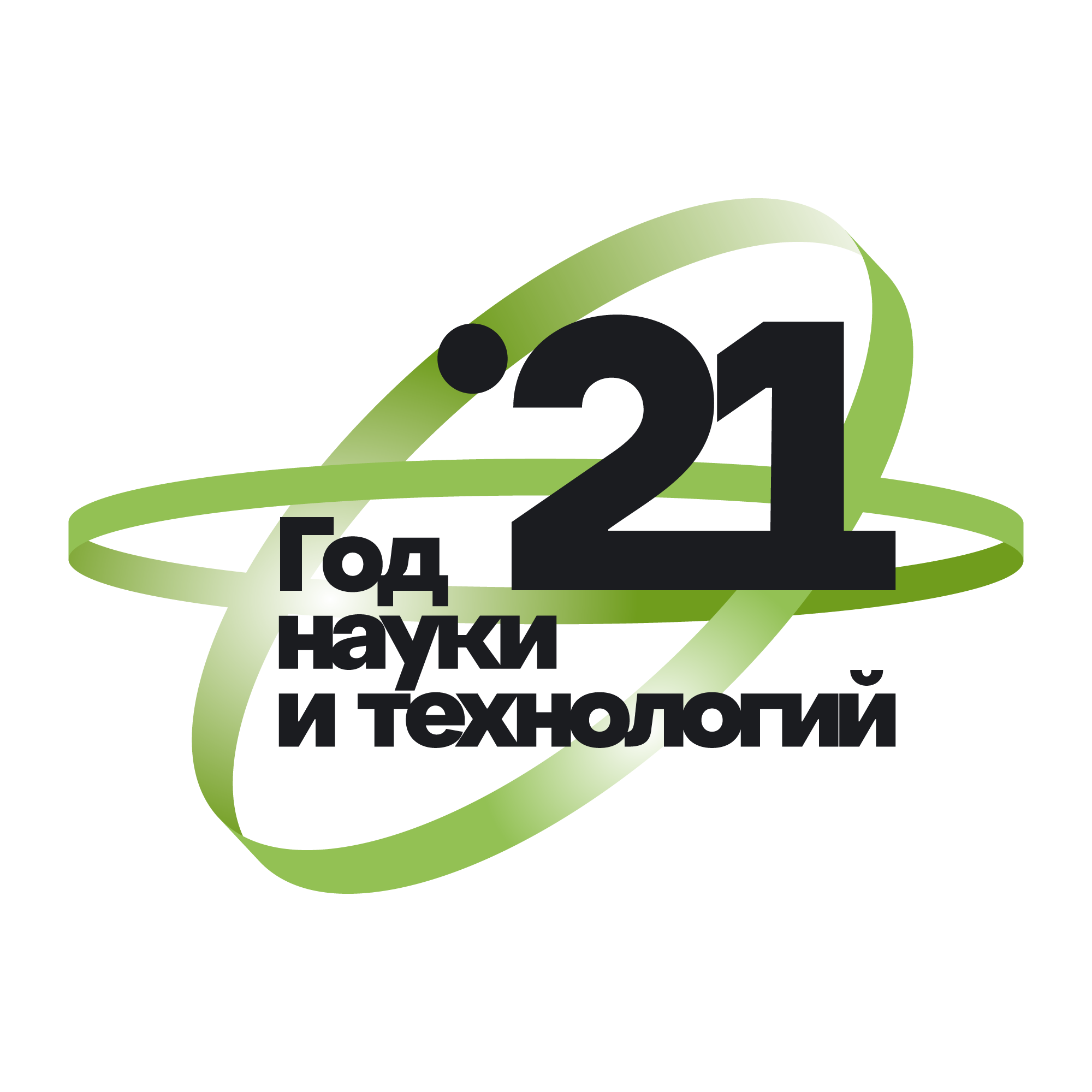
Среда, 1 декабря
→ 17:00-18:00 Ulrich Reif, "Interpolation and Approximation with Multivariate Polynomials and Splines", слайды, видео;
Abstract
In the first part of the talk we discuss error estimates for polynomial
interpolation on tensor product grids. Unlike in the univariate case,
constants can grow unboundedly when groups of break points exceeding
a certain size collapse towards single points.
In the second part, we present Bramble-Hilbert type estimates in anisotropic
Sobolev spaces concerning polynomial approximation of functions defined on
domains. We extend known results by specifying explicit constants for domains
bounded by diffeomorphic images of graphs.
Finally, we discuss some complications arising for the approximation of
functions defined on domains by tensor product splines. In the bivariate
case, so-called diversified B-splines provide a solution, but a counterexample
shows that some problems are persistent in higher dimensions.
→ 18:00-19:00 Costanza Conti, "Perspectives and open problems for non-stationary subdivisions", слайды, видео;
Abstract
Subdivision schemes were created originally to design geometrical models but very soon
they were recognized as methods for approximation. They are iterative methods for points generation based on refinement rules
that can be easily and efficiently implemented on a computer.
Since the 90s, subdivision schemes attracted many scientists for both the simplicity of their basic ideas and
the mathematical elegance emerging in their analysis: they are defined by repeatedly applying simple and local
refinement rules which have been extended to refine other objects such as vectors, matrices, sets of points, curves,
nets of functions, or manifold data.
Therefore, the domain of application of subdivision is vast and they emerge in different contexts ranging from computer
animation to motion analysis.
The most studied subdivision schemes are linear and stationary (level independent).
A nice aspect of linear subdivision schemes is that many of their properties can be translated into algebraic properties of
Laurent polynomials.
This makes the verification of some of their properties easy.
Moreover, since these schemes can be viewed as repeated multiplication by matrices, many analysis tools are based on linear algebra
such as the "joint spectral radius" of two matrices.
Stationary schemes are characterized by repeatedly applying the same simple and local refinement rule
while the non-stationary (level dependent) schemes apply a different rule in each level of refinement.
But, the non-stationary schemes are equally simple to implement and highly intuitive in use: from an implementation point
of view changing rules with the levels is not a crucial matter, also in consideration of the fact that,
in practice, only a few subdivision iterations are performed.
Non-stationary subdivision schemes were originally introduced with the aim of enriching the class of
limit functions of stationary schemes. For example, in the univariate case,
they can generate exponential B-splines or \(C^\infty\)-compactly supported functions like the Rvachev function.
Actually, these schemes have very different and distinguished properties: while stationary subdivision schemes
are not capable of generating conic sections, or dealing with level-dependent tension parameters to modify the shape
of a subdivision limit, non-stationary schemes are able to.
Moreover, level-dependent subdivision schemes include Hermite schemes that do not model only curves and surfaces,
but also their gradient fields and are considered of interest both in geometric modeling and biological imaging.
Additionally, non-stationary subdivision schemes are at the base of the construction of non-stationary wavelets and framelets that,
being level adapted, are certainly more flexible. Last, but not least, level-dependent rules could be used to overcome
the standard limitations of subdivision surfaces such as artifacts and low regularity at extraordinary vertices/faces.
→ 19:00-20:00 Carla Manni, "Tchebycheffian B-splines in Isogeometric Analysis", слайды, видео.
Abstract
Tchebycheffian splines are smooth piecewise functions with sections in spaces more general
than classical algebraic polynomials. Interesting examples are spaces comprising trigonometric
or hyperbolic functions. Under suitable assumptions, generalized splines enjoy all the desirable
properties of polynomial splines, including a representation in terms of basis functions
(the so-called TB-splines) that are a natural extension of the polynomial B-splines.
Isogeometric analysis (IgA) is a well-established paradigm for the analysis of problems governed
by partial differential equations. It provides a design-through-analysis connection by
exploiting a common representation model. This connection is achieved by using the functions
adopted in Computer Aided Design (CAD) systems not only to describe the domain
geometry, but also to represent the numerical solution of the differential problem. CAD software,
used in industry for geometric modeling, typically describes physical domains by means
of tensor-product B-splines and their rational extension, the so-called NURBS. In its original
formulation IgA is based on the same set of functions. Nonetheless, the IgA paradigm is not
confined to B-splines, NURBS and their localized extensions.
Thanks to their complete structural similarity with classical B-splines, TB-splines are plug-to-plug
compatible with B-splines in IgA. On the other hand, when dealing with TB-splines, the
section spaces can be selected according to a problem-oriented strategy taking into account
the geometrical and/or analytical peculiar issues of the specific addressed problem. The fine-tuning
of the approximation spaces results in a gain from the accuracy point of view.
In this talk we review some isogeometric methods based on Tchebycheffian splines of relevance
in practical applications, discussing the differences and the similarities with the polynomial case.
Докладчики:
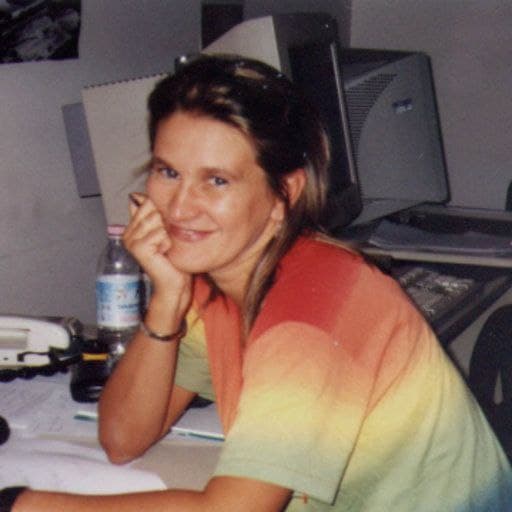
Costanza Conti
University of Florence, Italy
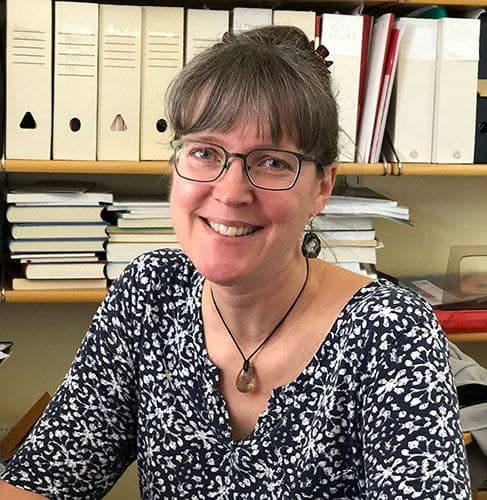
Elisabeth Larsson
University of Uppsala, Sweden
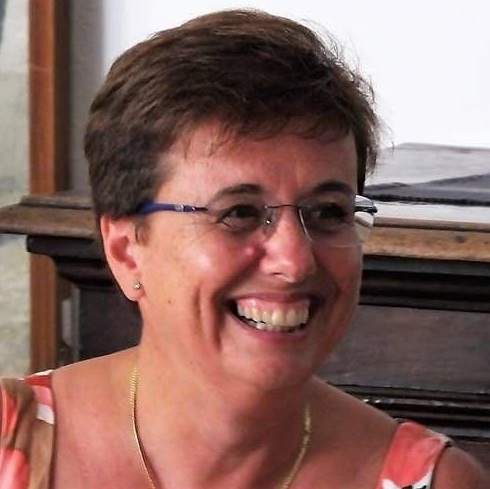
Carla Manni
Roma Tot Vergata, Italy
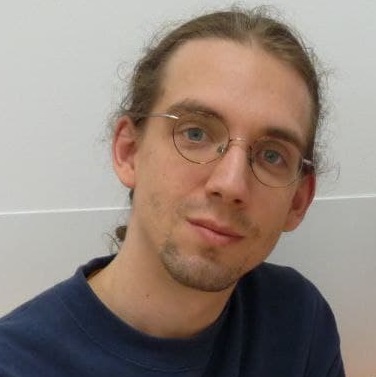
Thomas Mejstrik
University of Vienna, Austria
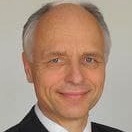
Harmut Prautzch
University of Karlsruhe, Germany
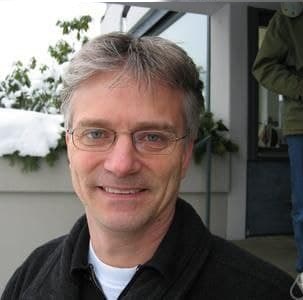
Ulrich Reif
TU Darmstadt, Germany
Оргкомитет:
→ В.Ю. Протасов (сопредседатель)
→ В.Н. Темляков (сопредседатель)
→ В.Е. Подольский
→ Т.И. Зайцева (уч. секретарь)
Контакты: approx.lab.msu@gmail.com